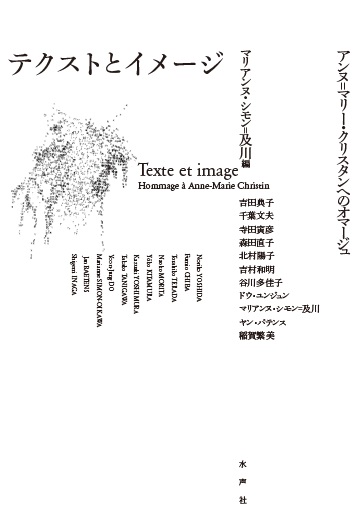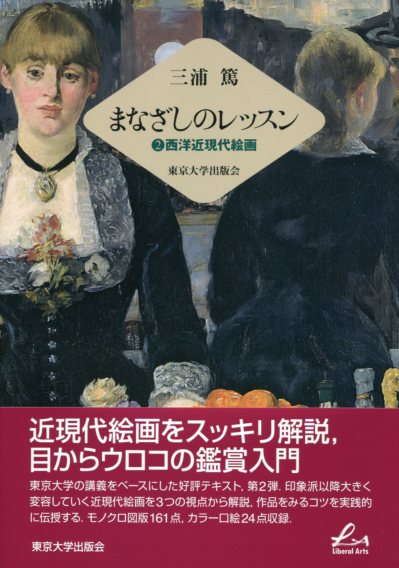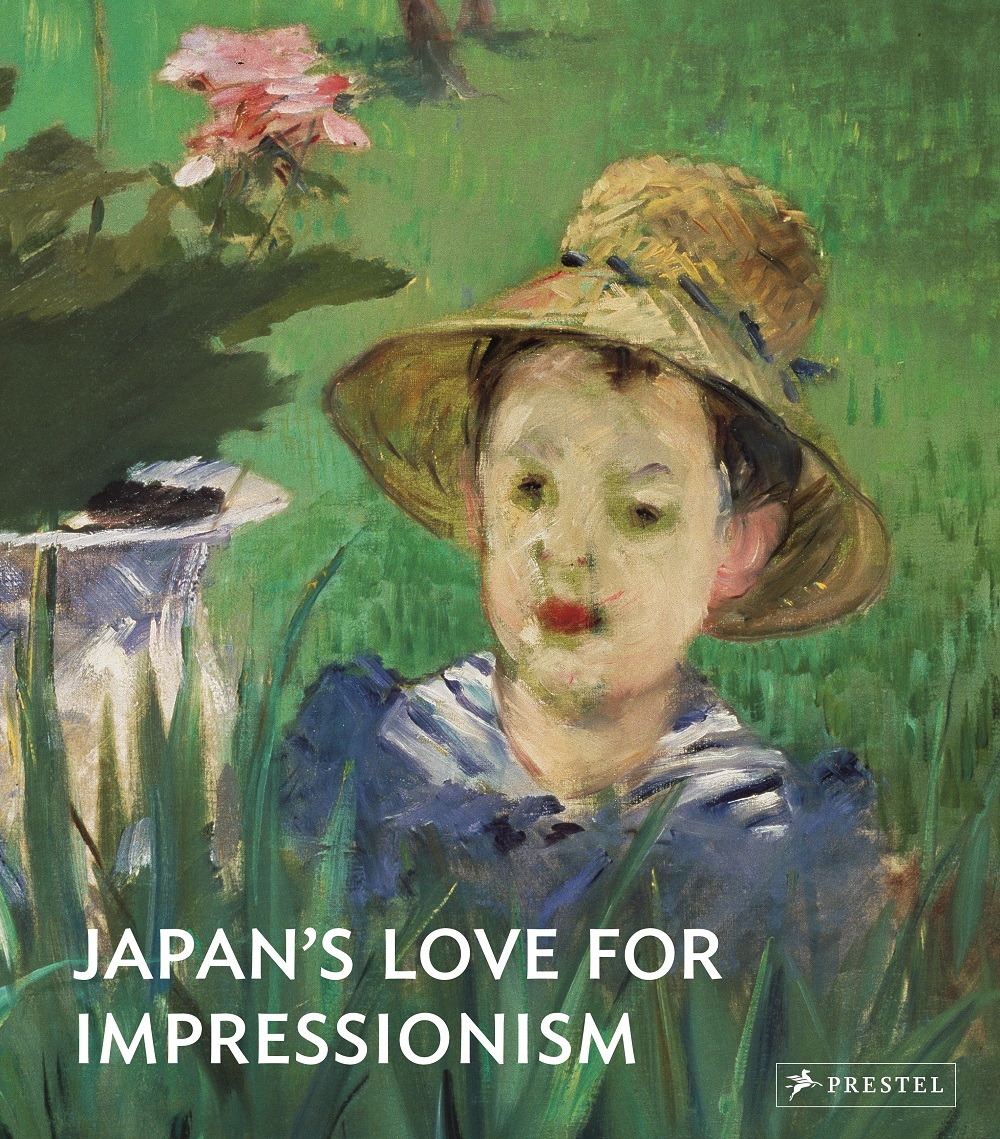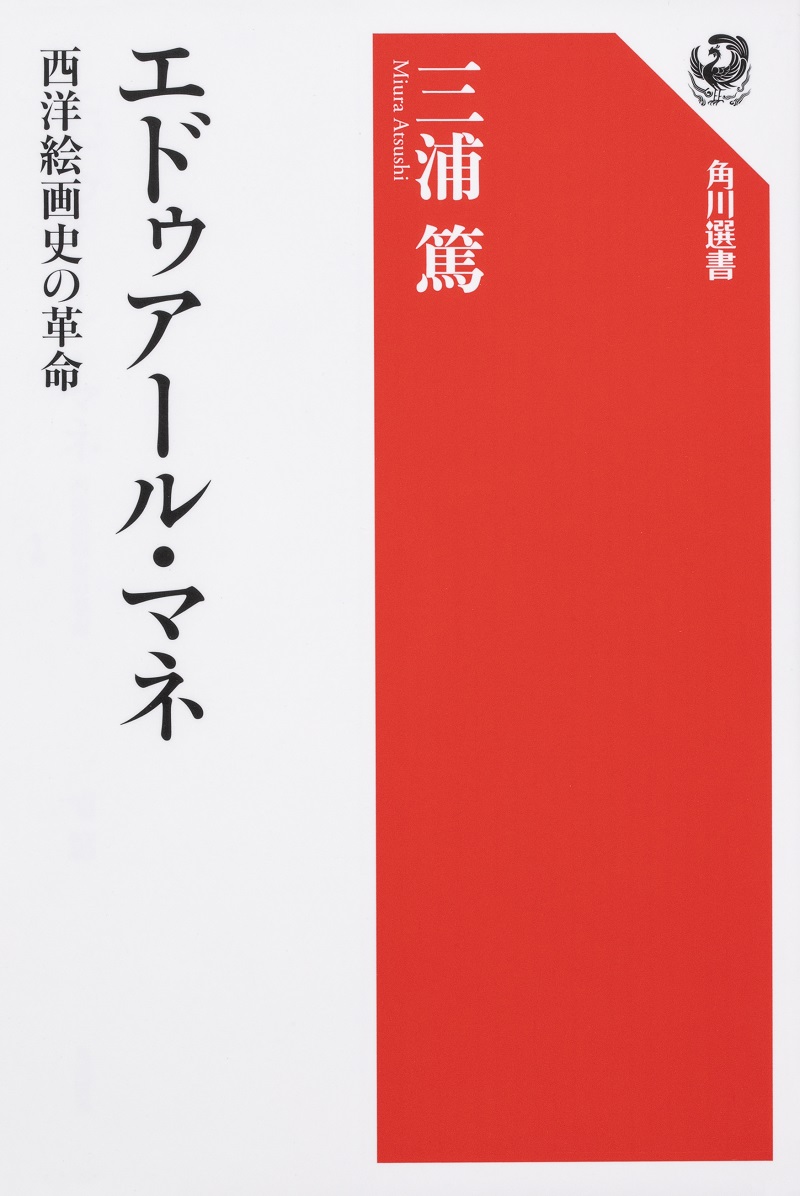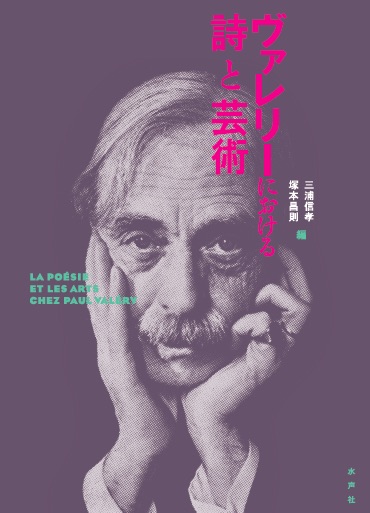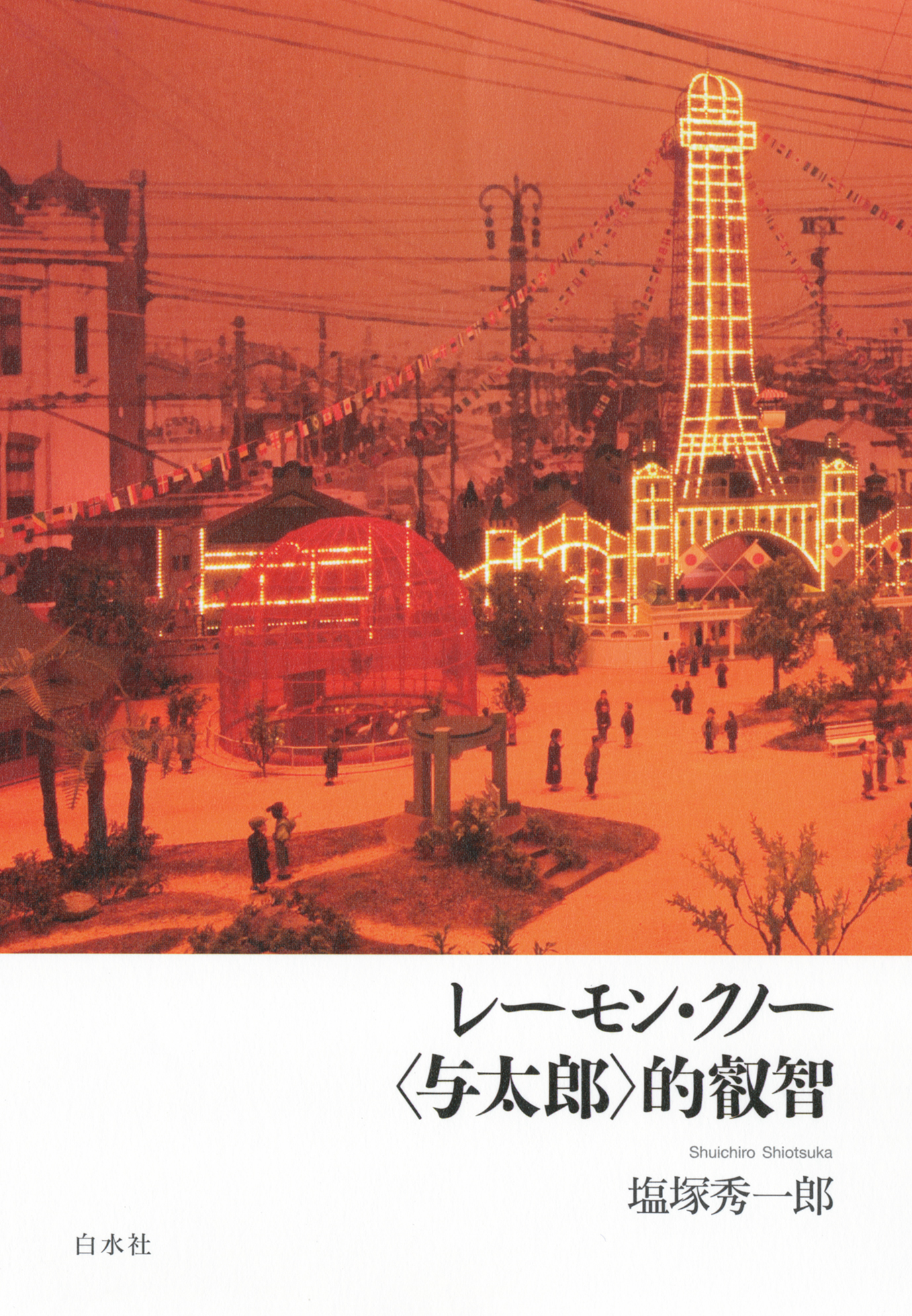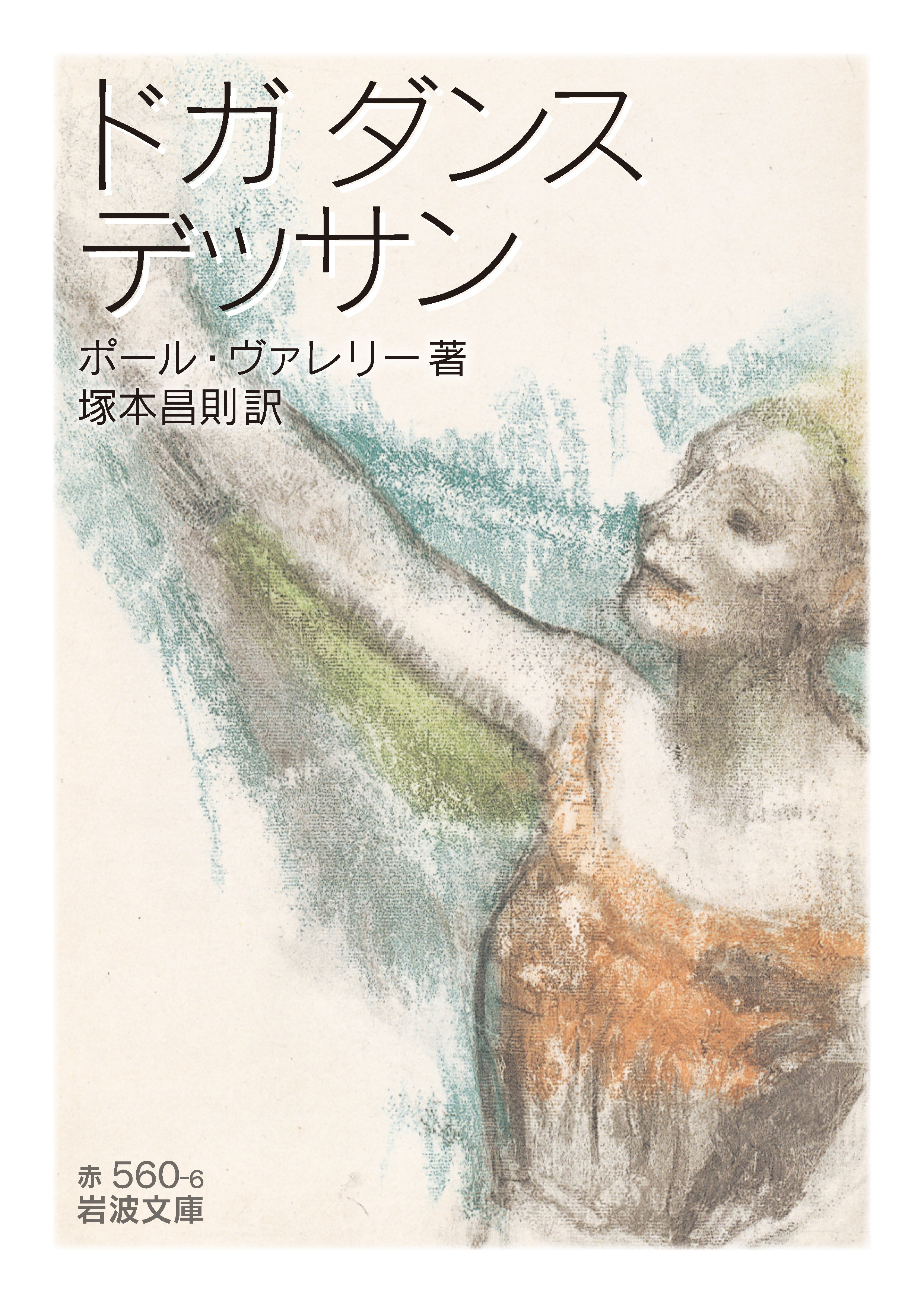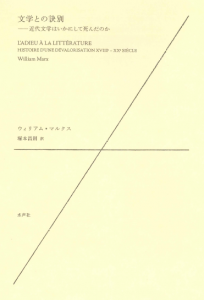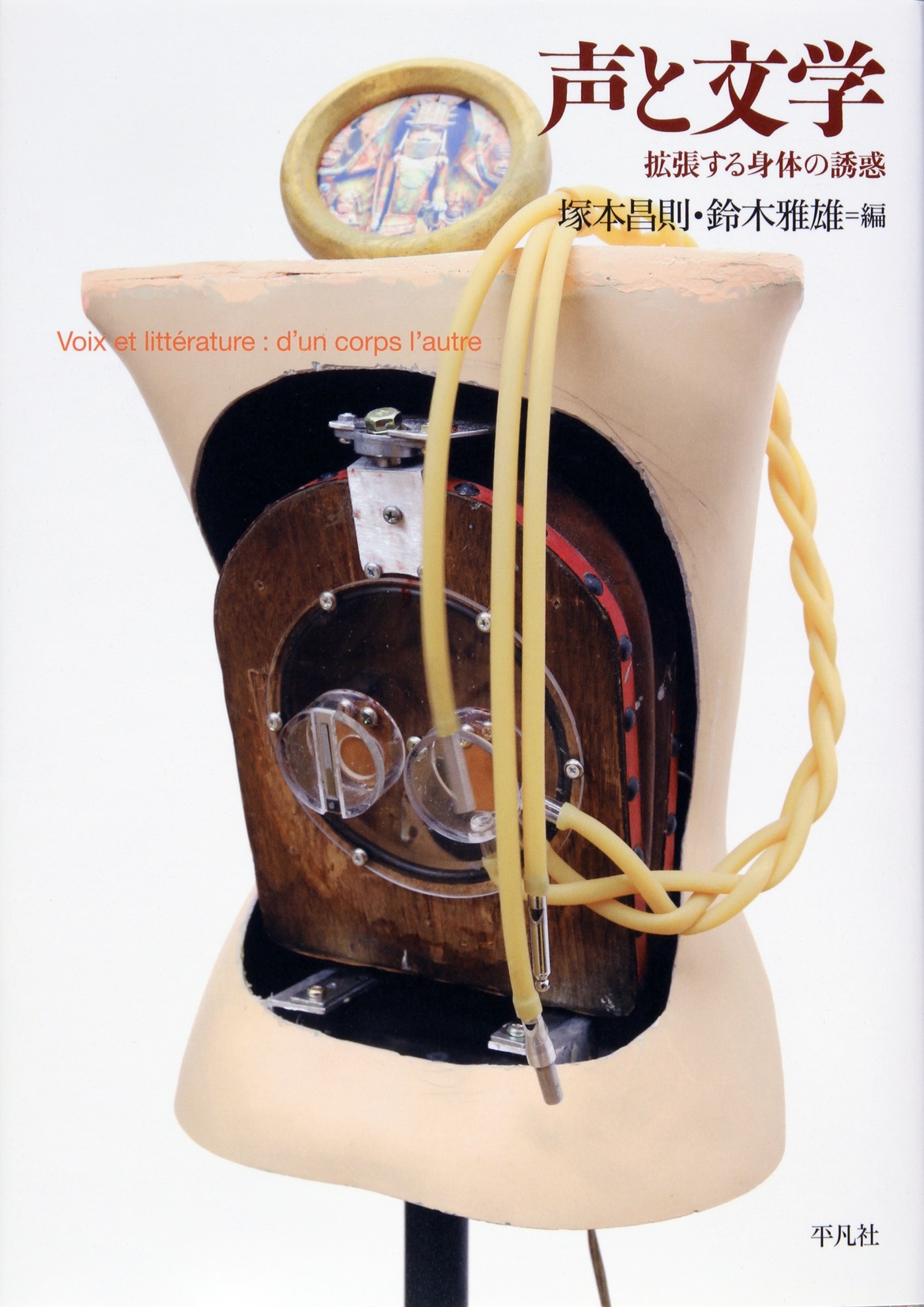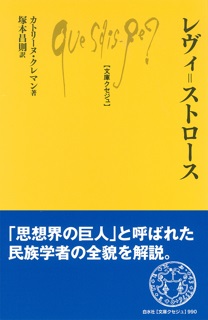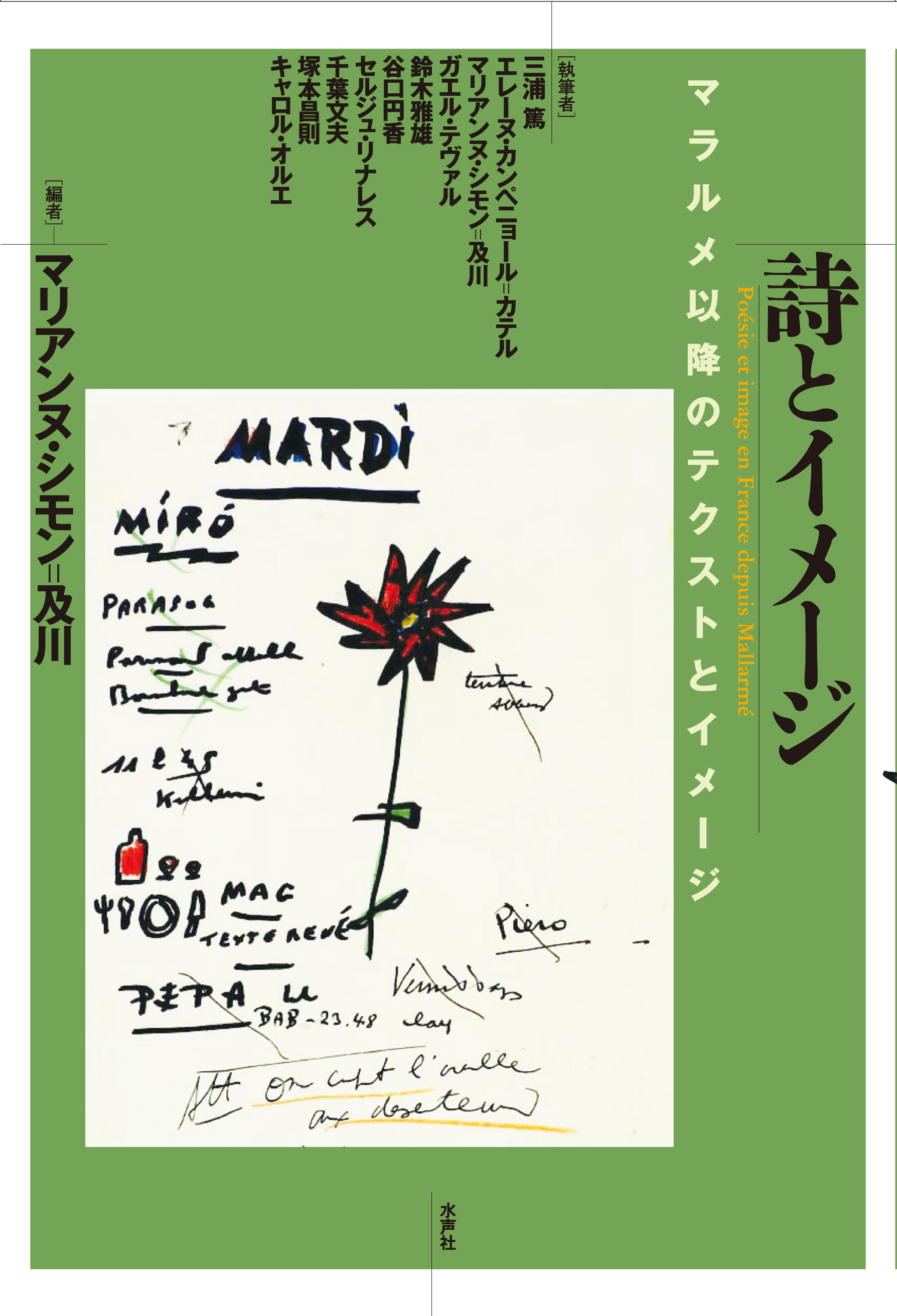
Title
Shi to Imeji (Poetry and Image: Text and Image After Mallarmé)
Size
256 pages, A5 format, hardcover
Language
Japanese
Released
June 23, 2015
ISBN
978-4-8010-0101-5
Published by
Suiseisha
Book Info
See Book Availability at Library
Japanese Page
Interaction between the visual arts and literature, especially poetry, has been widely witnessed in the West since antiquity. The complexity of this relationship ranges from paintings based on poems, to poems inspired by works of art or to poetry and art coexisting in the same medium.
Nineteenth century France was an age in which these links between poetry and image were particularly deepened and renewed, with a substantial role played by Stéphane Mallarmé. A friend of Édouard Manet’s, he famously championed the painter in his 1874 article and they subsequently collaborated on two seminal works, an 1875 French translation of The Raven, and the 1876 L’après-midi d’un faune (The Afternoon of a Faun). In the same year, Mallarmé even posed for a renowned portrait by the painter. Un coup de dés jamais n'abolira le hasard (A Roll of the Dice Will Never Abolish Chance) was a landmark work both for him and for the history of concrete poetry. His poetry oeuvre pioneered numerous new possibilities in the space between works to be seen and works to be read, from text about paintings, to poems built out of images themselves. Having said that, after Mallarmé’s time, the relationship between poetry and image changed dramatically. Images within the text came to no longer mean just illustrations, and poets played considerably with typography and the use of white space on the page.
Part I of the book takes Mallarmé as its theme. Atsushi Miura approaches the study of the topic from the perspective of Manet. Hélène Campaignolle-Catel shows the enormous impact Mallarmé’s poetic works have had specifically on books of poetry, down to the present day.
In Part II, Marianne Simon-Oikawa provides a study of twentieth century poet Pierre Albert-Birot. Next, Gaëlle Théval introduces us to Jean-François Bory, one of the poets who continue to explore a wide range of creative methods that include collage, photomontage, and readymade objects, even today.
On the theme of how the coexistence of text and images is not limited to illustration, in Part III Masao Suzuki analyzes the case of Ghérasim Luca, while Madoka Taniguchi delves into Roger de la Fresnaye’s posthumously published studies of Rimbaud’s Illuminations.
Serge Linarès points out in Part IV how Pablo Picasso had misgivings about illustration, and Fumio Chiba examines the series of portraits the painter made of Michel Leiris.
The book closes with a chapter that looks into poets who think about or play with images. Masanori Tsukamoto provides an examination of Paul Valéry’s conception of photography. Carole Aurouet writes about how Jacques Prévert made collages that utterly alter the original meaning of the images of which they are composed.
Like E o kaku (Writing Images, Suiseisha, 2012), this book presents the results of a research project conducted between April 2011 and March 2014, made possible by support from the Japan Society for the Promotion of Science. It was followed by Text and Image – A Tribute to Anne-Marie Christin (Tekisuto to imêji – Annu-Marî Kurisutan he no omâju, Suiseisha) in 2018.
(Written by Marianne Simon-Oikawa, Associate Professor, Graduate School of Humanities and Sociology / 2018)



 Find a book
Find a book


